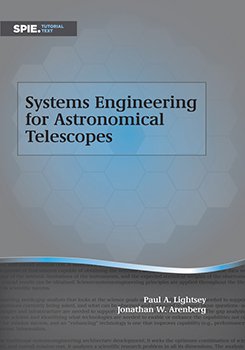|
Most of the discussion in the previous chapters has implicitly been centered on multi-purpose or general-purpose observatories. Two examples at the other end of the spectrum of breadth of purpose would be the Kepler mission and the Gaia mission (Fig. 9.1). Gaia was designed to be a continuously sweeping field to provide a complete survey over time of the 4π steradian celestial sphere. Kepler was designed to point at one single field and not flinch. The scientific goals drove the detector technology development to provide the largest array of pixels for a focal plane at that time. The mission was to observe a large sample of stars over a long period of time to detect radiometric fluctuations that indicate the presence of planets. Failures in the reaction wheels appeared after a successful mission life. This result provided an unplanned opportunity to develop with a creative, new mission-architecture concept that led to the extended K2 mission. The K2 concept utilized the presence of solar pressure on the solar panels to provide stabilization of the angular momentum in one DOF, which in combination with the remaining wheels provides stable control. However, the fields to be observed needed to be redefined. |
|
|


